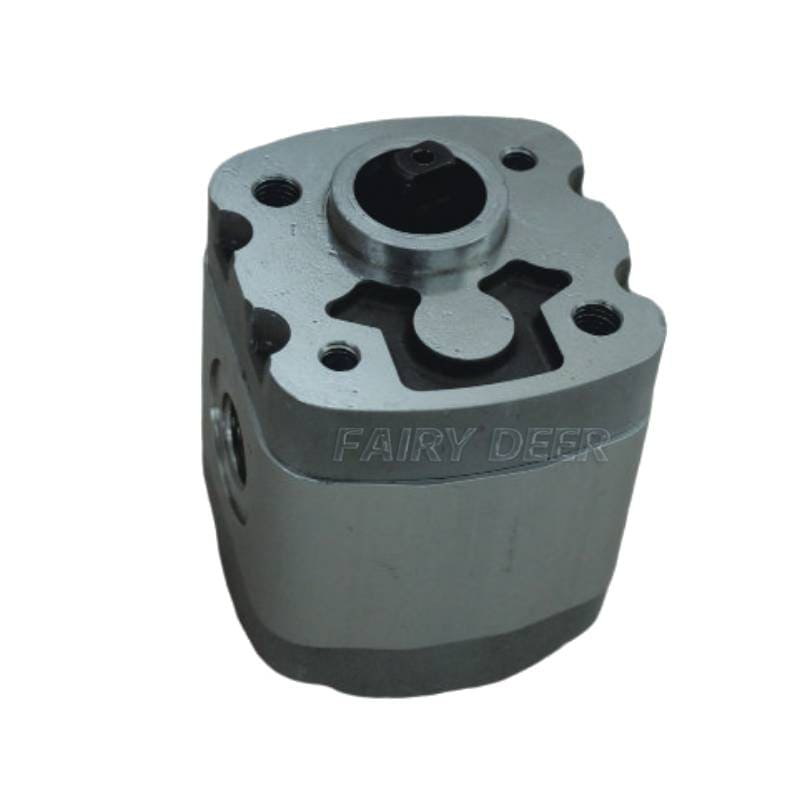Pressure Rating - A key parameter for selecting a suitable hydraulic gear pump
Definition and Importance of Pressure Rating in Hydraulic Gear Pump Selection
Definition of Pressure Rating:
Pressure Rating refers to the maximum working pressure that a hydraulic gear pump can safely withstand under normal working conditions, usually expressed in megapascals (MPa) or pounds per square inch (psi). It reflects the ability of the pump body and internal parts to withstand this pressure without structural damage, seal failure or significant performance degradation. For example, the common hydraulic gear pump pressure ratings in the industry range from about 100 bar (1450 psi) to 250 bar (3625 psi), and some high-end models can even withstand higher pressures.
Pressure ratings include:
Rated Pressure: The maximum pressure at which the pump can operate stably for a long time to ensure the service life and performance of the pump.
Peak Pressure: The maximum pressure that the pump can withstand for a short period of time, usually lasting less than 100 milliseconds, used to cope with instantaneous pressure fluctuations.
Importance of Pressure Rating in Hydraulic Gear Pump Selection
Ensure Equipment Safety and Reliability
When selecting the pressure rating, ensure that the rated pressure of the pump is higher than the maximum working pressure of the hydraulic system. It is usually recommended to reserve a safety margin of 5%-10% to prevent damage to the pump body or seal failure due to pressure fluctuations or shocks.
Affecting the performance and life of the pump
A too low pressure rating will cause the pump to fail to meet system requirements and affect equipment efficiency; a too high pressure rating means a stronger pump structure, but the cost and energy consumption will also increase. Therefore, a reasonable matching of pressure ratings will help extend the service life of the pump and reduce maintenance costs.
Matching system design with working conditions
Different industries and applications have different requirements for pressure ratings. For example, the common pressure rating of construction machinery hydraulic systems is 200-250 bar (2900-3625 psi), while light equipment may require a lower pressure rating. Correct selection ensures efficient and stable operation of the hydraulic system.
Optimize purchasing decisions and reduce risks
For buyers who want to purchase hydraulic gear pumps, clarifying the pressure level parameters, combining product technical manuals and industry authoritative data (such as Sauer-Danfoss, Kappa, Turolla and other brand standards) can effectively avoid equipment failures, downtime losses and additional maintenance costs caused by wrong selection.
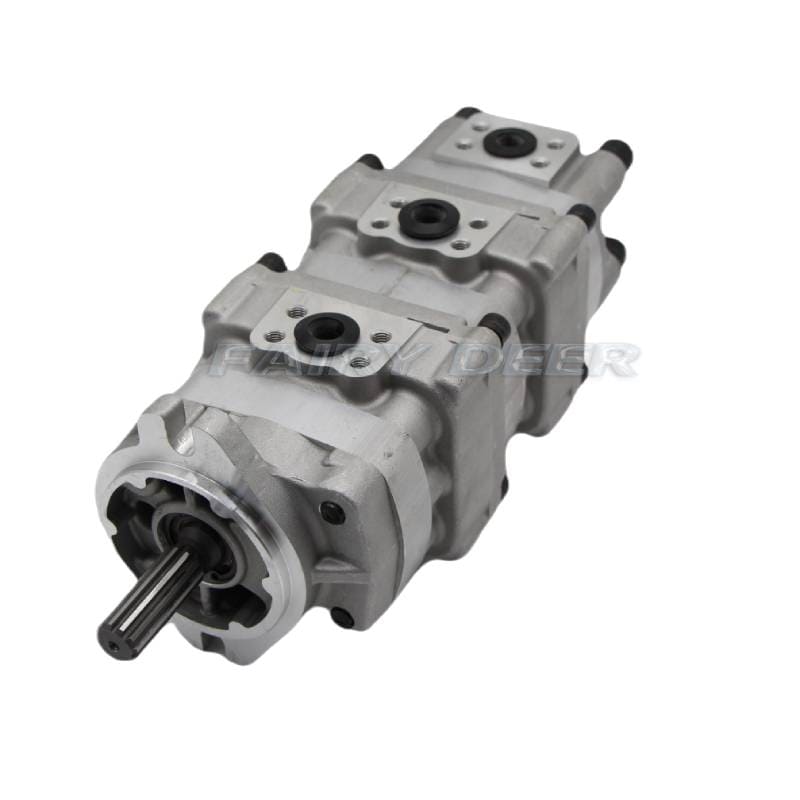
How To Optimize Hydraulic System Performance
Pressure rating limits the upper limit of speed and displacement:
The pressure rating of a external hydraulic gear pump determines the maximum pressure the pump can withstand when working. As the pressure increases, internal leakage of the pump (such as gear gap leakage) will also increase, resulting in a decrease in volumetric efficiency. In order to ensure the reliability and life of the pump, external high-pressure gear pumps usually require tighter manufacturing tolerances and higher-quality seal designs, which also limits their maximum displacement and speed range.
At the same time, excessive pressure will increase the bearing load, limit the maximum speed of the pump, and avoid damage due to overheating or mechanical wear.
High-pressure rating pumps usually have a small displacement and limited speed:
Due to the limitations of sealing and mechanical strength, external high-pressure gear pumps are often designed with small and medium displacements and a low maximum speed to ensure the stable operation of bearings and gears.
Pressure rating, typically expressed in MPa or psi, indicates the maximum operating pressure the pump can safely withstand. Industry data shows that external gear pumps usually have pressure ratings between 10 and 25 MPa (145 to 3625 psi), with displacement ranges from 0.5 L/min up to 160 m³/h (approximately 8.3 to 2667 L/min), depending on design and application.
As pressure rating increases, the mechanical strength and sealing requirements become more stringent, which directly affects displacement design:
High-pressure pumps generally have smaller displacement: To ensure sealing and mechanical durability, high-pressure gear pumps are designed with medium to small displacements (e.g., 20-40 ml/rev), minimizing gear clearance leakage and wear, thus extending service life.
Lower-pressure pumps allow larger displacement: With lower pressure, pump housings and seals endure less stress, permitting larger displacements (sometimes exceeding 100 ml/rev) to meet high flow demands.
Pressure rating limits maximum speed and displacement: Higher pressure increases bearing loads, limiting maximum pump speed to prevent overheating and mechanical failure, which indirectly restricts displacement range.
Understanding the relationship between pressure rating and displacement helps optimize pump selection based on system pressure and flow requirements, avoiding failures due to insufficient pressure or inefficiencies caused by mismatched displacement.
As the pressure rating increases, the mechanical load on internal components such as gears and bearings also rises, imposing stricter requirements on mechanical strength and heat dissipation, thus limiting the maximum operating speed.
Key points include:
High pressure ratings limit maximum speed
High-pressure gear pumps, typically rated around 200 bar (20 MPa) or higher, generally have maximum speeds limited to below 1500 rpm, with some models operating at even lower speeds to prevent bearing overload, mechanical wear, and overheating. For example, well-known industry brands specify maximum speeds between 700 and 1500 rpm for high-pressure external gear pumps.
Lower pressure pumps allow higher speeds
Pumps with lower pressure ratings (e.g., 100-150 bar) experience less mechanical stress and can be designed for higher speeds. Small external gear pumps can reach speeds up to 3500 rpm, suitable for applications requiring high flow but lower pressure.
Trade-off between speed and pressure
Operating at high speed with high pressure increases internal leakage and wear, reducing pump life. Conversely, low speeds reduce wear but may decrease volumetric efficiency and flow stability.
Manufacturing tolerances and sealing quality
High-pressure pumps require tighter manufacturing tolerances and superior sealing materials to maintain performance and reliability at lower speeds.
Recommend Suitable Models
|
Displacement(mL/r): |
0.17 – 1.52 |
| Rated Pressure(MPa): | 22 |
| Max Pressure(MPa): | 28 |
| Optimum Speed(r/min): | 1500 – 3500 |
| Speed Range: | 500 – 4500 |
|
Volumetric Efficiency(≥%): |
90 – 94 |
- Suitable for replacing gear pumps used in small hydraulic power units of international brands, such as Danfoss, Parker, Eaton, etc.
- Suitable for replacing pumps for small hydraulic machinery such as Bosch Rexroth and HAWE, especially in occasions requiring high efficiency and low noise.
- Due to its small size and low noise, the CBA pump is suitable for the high-precision and quiet operation requirements of the hydraulic system in medical equipment, and can replace some imported brands such as Haskel and Parker medical-grade hydraulic pumps.
Common Pressure Ratings and Typical Application Fields of External Gear Pumps
Lower pressure ratings (2.5-6 MPa) are suitable for light-duty machinery and agricultural equipment under low load conditions. A rating of 10 MPa is typical for small to medium construction machinery and general industrial use. Pumps rated at 16 MPa are designed for heavy-duty machinery and injection molding machines requiring high load and pressure. High-pressure pumps rated between 20 and 25 MPa are used in advanced hydraulic and servo systems demanding high performance. The highest rating of 31.5 MPa applies to specialized high-pressure systems that require professional design and manufacturing.
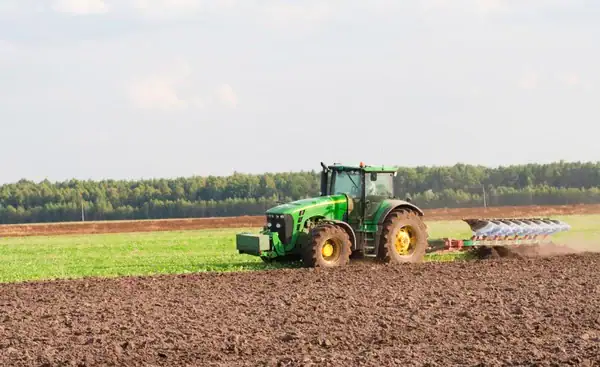
Pressure Rating: 2.5-6 MPaAgricultural Equipment - tractors
The gear pump ensures precise control of mechanical movements and efficient power transmission, enhancing operational efficiency and operator comfort.

Pressure Rating: 2.5-6 MPaIndustrial Automation Equipment - small hydraulic transmission systems
Low-pressure hydraulic gear pumps drive clamps, conveyors, and other low-load hydraulic actuators, ensuring smooth and precise equipment operation.
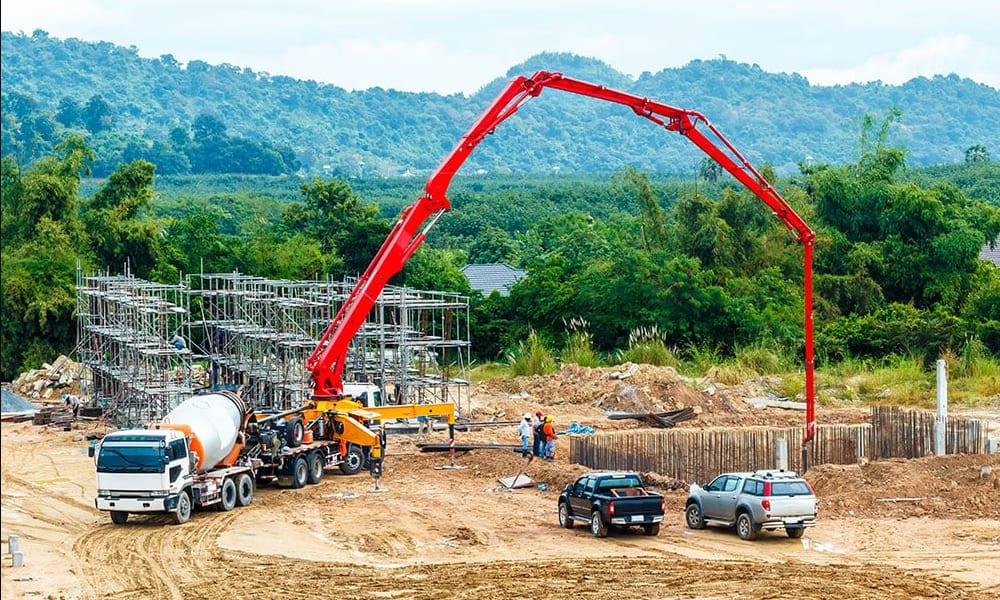
Pressure Rating: 10 MPaConstruction Machinery-Concrete pump trucks
Gear pumps supply continuous and stable hydraulic power for concrete pumping systems, ensuring smooth and efficient concrete delivery and flexible operation of mechanical arms.
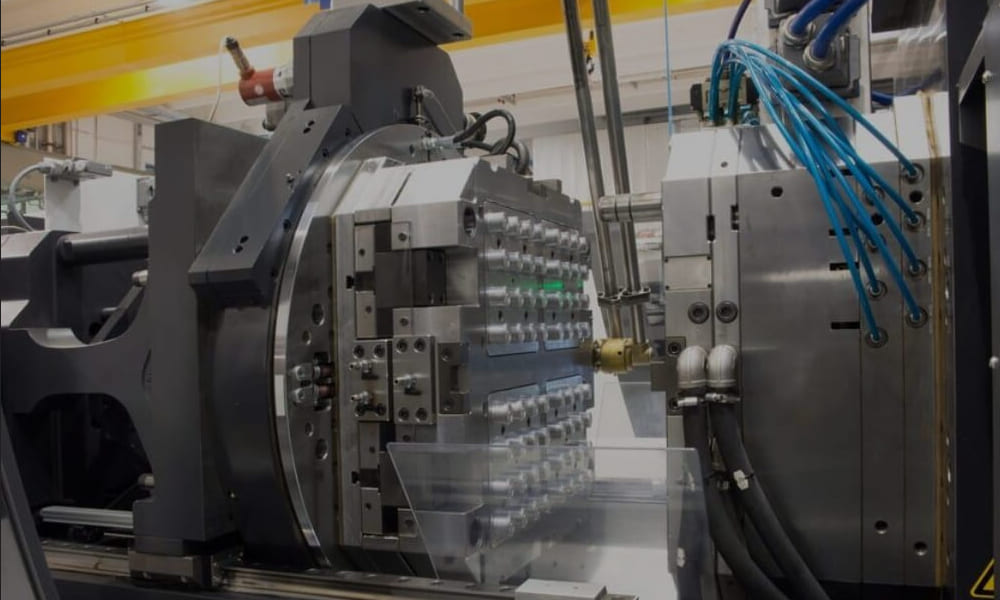
Pressure Rating: 10 MPaIndustrial machinery - injection molding machines
Hydraulic gear pumps convert mechanical energy into hydraulic energy, maintaining stable system pressure and sufficient flow to drive various mechanical actuators, ensuring efficient and reliable power transmission and control.
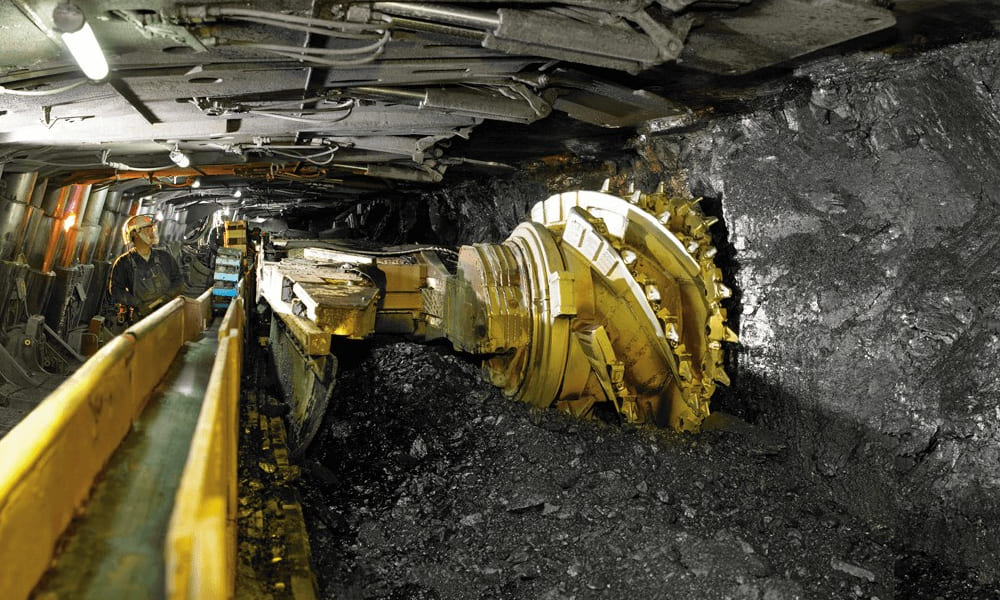
Pressure Rating: 16 MPaHeavy-duty construction machinery - mining equipment
Hydraulic gear pumps provide high-pressure and stable oil flow to hydraulic systems, powering hydraulic cylinders and motors for strong movements of buckets, booms, bulldozer blades, and travel mechanisms.

Pressure Rating: 16 MPaInjection molding machines
Gear pumps supply stable high-pressure hydraulic oil to drive injection units and mold clamping systems, achieving precise pressure control and synchronized motions, which ensures molding quality and production efficiency.
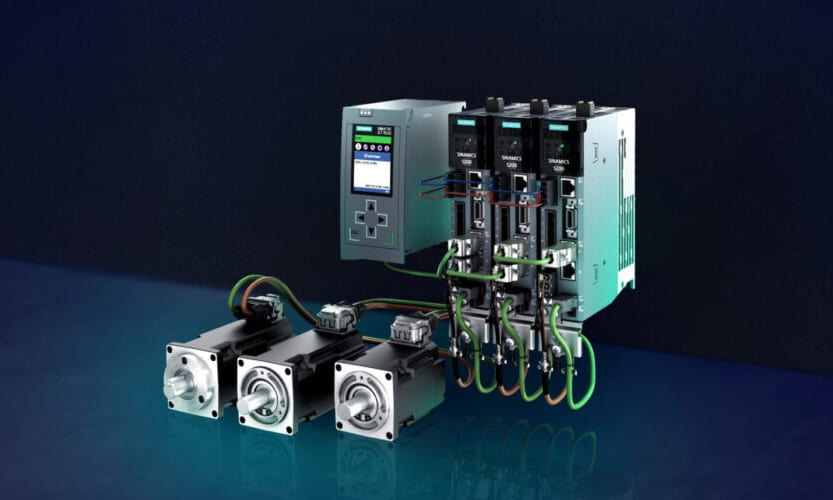
Pressure Rating: 20 - 25 MPaServo hydraulic systems
Hydraulic gear pumps serve as the power source, working with servo valves to achieve high-precision pressure and flow control, supporting precise movements in robots, CNC machines, and other intelligent equipment.
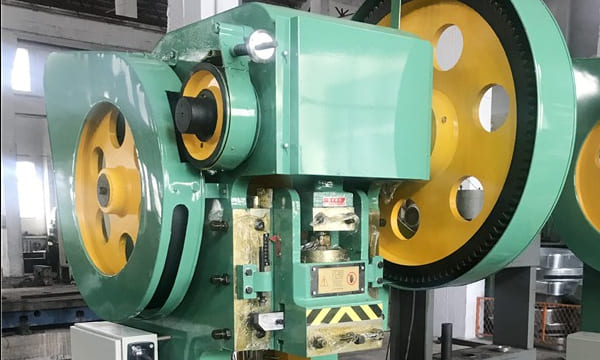
Pressure Rating: 20 - 25 MPaIndustrial automation
As a core component, hydraulic gear pumps convert mechanical energy into hydraulic energy, maintaining stable pressure and precise flow to enable efficient power transmission and accurate control in these high-performance systems.
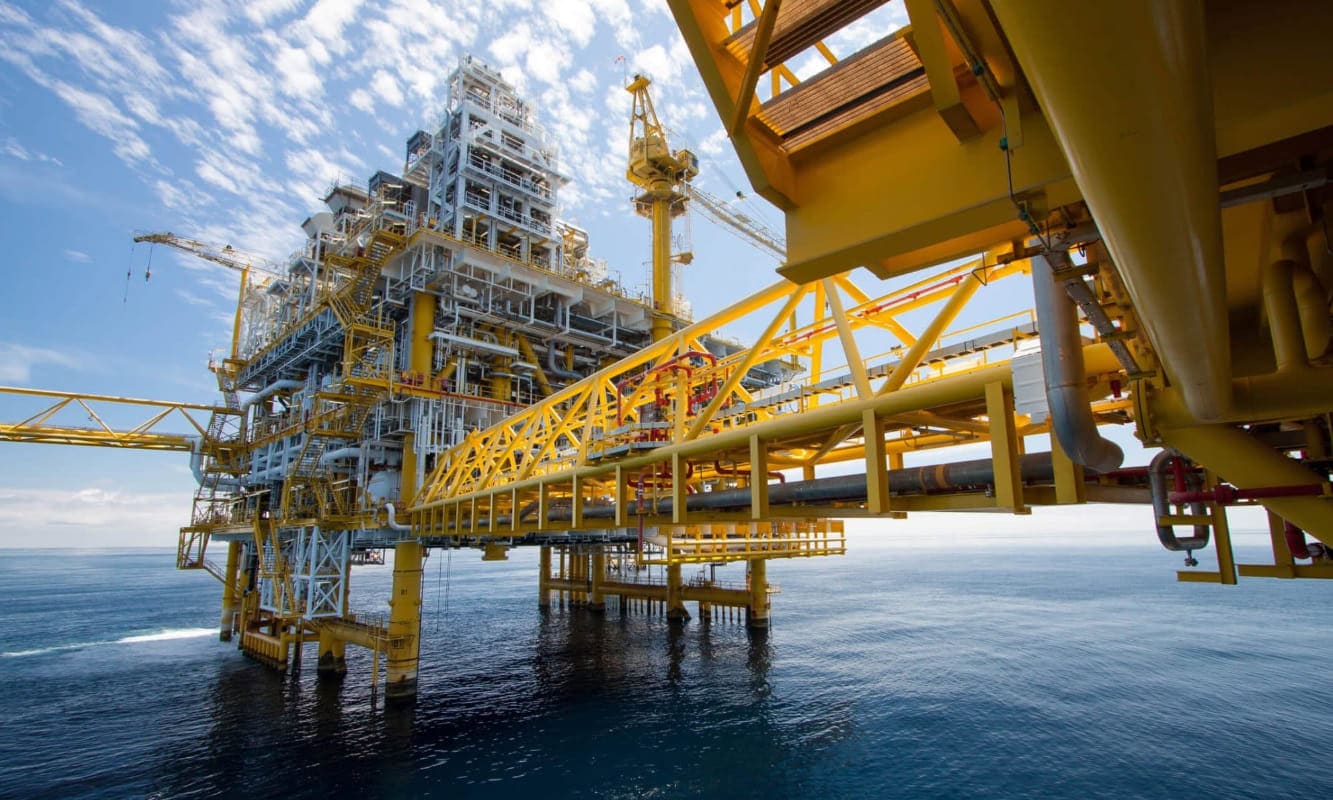
Pressure Rating: 31.5 MPaOffshore engineering and petrochemical equipment
As a core hydraulic power component, hydraulic gear pumps convert mechanical energy into hydraulic energy, maintaining stable flow and pressure under extreme conditions. These pumps require specialized design and manufacturing, utilizing high-strength materials and advanced sealing technologies to guarantee reliability and longevity.
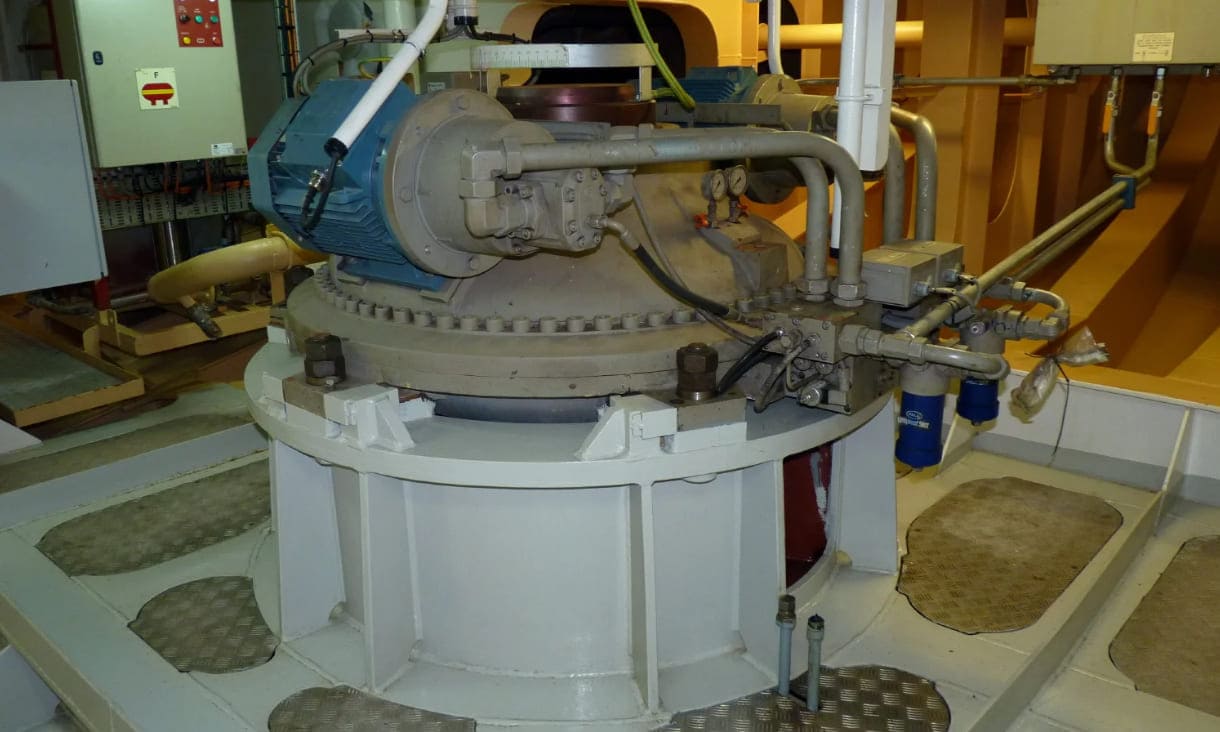
Pressure Rating: 31.5 MPaLarge marine hydraulic systems
Gear pumps provide extreme pressure up to 31.5 MPa to power steering gear, cranes, and deck machinery, enabling high-load, high-force power transmission and precise control, ensuring safe and efficient vessel operation.
How to Select Pressure Rating Based on Equipment Requirements
When selecting the pressure rating of a hydraulic gear pump, it is essential to consider the equipment’s maximum operating pressure, system conditions, and safety margins to ensure the pump can operate safely and reliably. Industry standards and product specifications typically classify gear pumps into pressure ratings such as 10 MPa, 16 MPa, 20 MPa, and 25 MPa, each suited for different applications and performance requirements.
Key steps for selecting pressure rating:
Determine the system’s maximum operating pressure
Identify the maximum pressure in the hydraulic system design. It is recommended to select a pump with a pressure rating 5%-10% higher than this value to provide a safety margin and prevent damage from pressure spikes or fluctuations.
Refer to product pressure rating classifications
For example, gear pumps from GRH are categorized as E (16 MPa), F (20 MPa), and G (25 MPa). Selecting the appropriate rating ensures the pump’s rated pressure meets the actual system demands.
Consider operating conditions and environment
High-pressure pumps are suitable for heavy-duty, high-load applications such as heavy construction machinery and servo systems, while lower-pressure pumps fit light-duty, low-pressure scenarios like agricultural and light machinery.
Combine flow rate and speed parameters
Selection should also factor in system flow requirements and pump speed limits to avoid excessive heat or mechanical wear caused by high pressure combined with high speed.
Use manufacturer performance curves and datasheets
Utilize pump characteristic curves to identify models that meet both flow and pressure requirements, ensuring efficient operation at rated pressure.
FAQs
The pressure rating is the maximum operating pressure a hydraulic gear pump can safely withstand under normal conditions, usually expressed in MPa or psi. It determines the pump’s structural strength and sealing requirements, making it a key selection parameter.
Higher pressure ratings allow pumps to handle greater system pressures but require tighter manufacturing tolerances and better seals. High-pressure pumps usually have smaller displacement and lower maximum speeds to reduce leakage and wear, ensuring longevity and efficiency.
Select a pump with a pressure rating 5%-10% above the system’s maximum operating pressure to provide a safety margin and prevent damage from pressure fluctuations.
Low pressure (2.5-6 MPa) suits light machinery and agriculture; medium pressure (10-16 MPa) fits small to heavy construction machinery; high pressure (20-25 MPa) is for high-performance hydraulic and servo systems; extreme pressure (31.5 MPa) is for special high-pressure applications like marine and metallurgical equipment.
Higher pressure ratings generally limit the maximum displacement and speed to ensure sealing integrity and mechanical strength, preventing increased leakage and wear under high pressure.
If the pump’s design pressure meets system requirements, it can generally maintain rated pressure even at low speeds, with less pressure loss compared to other pump types.
Check product datasheets and performance curves to ensure the rated pressure meets system maximum pressure. Consider flow rate and speed, and prioritize reputable brands with quality assurance.
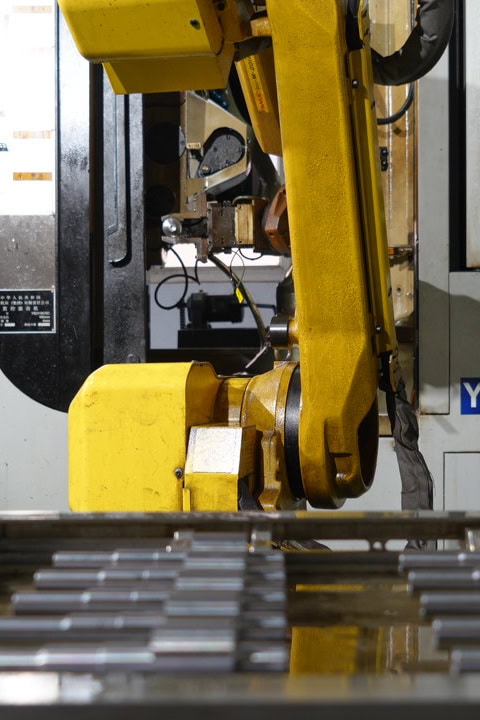
Enpower Your Machine Business Now!
Welcome to consult installation, maintenance and care, after-sales, price and other issues, we will reply you as soon as possible.
Support customization and distributor.

